- Home
- slideshows
- miscellaneous
- THEN AND NOW: Here's how being a nurse has changed in the last 50 years
THEN AND NOW: Here's how being a nurse has changed in the last 50 years
Today, nurses make up the largest workforce in healthcare, and is one of the fastest-growing industries in the country.

While considered a prestigious profession today, nurses in the 1960s were "treated as handmaidens of physicians" who were expected to carry out orders without question.
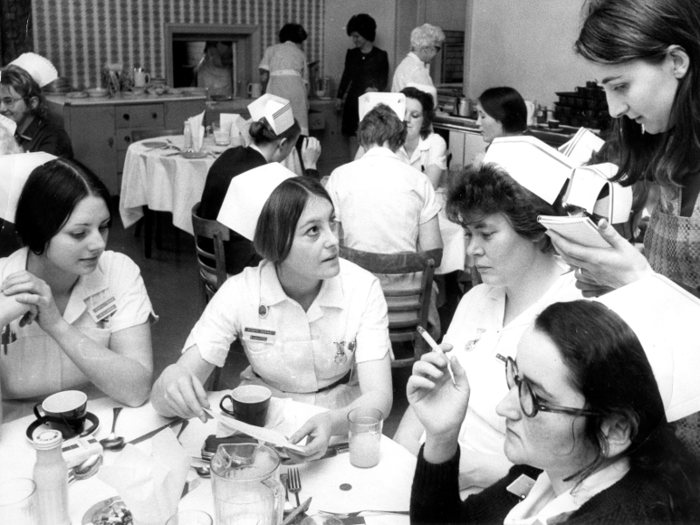
Source: Advisory Board
Even 20 years ago, nurse practitioner Kelley Rieger recalls giving physicians a chair and cigarettes during her work.
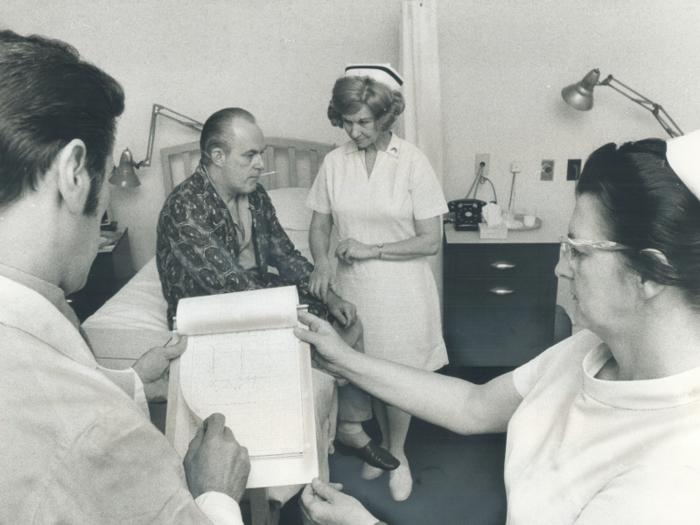
Source: Fast Company
Today, nursing requires extensive training and education.
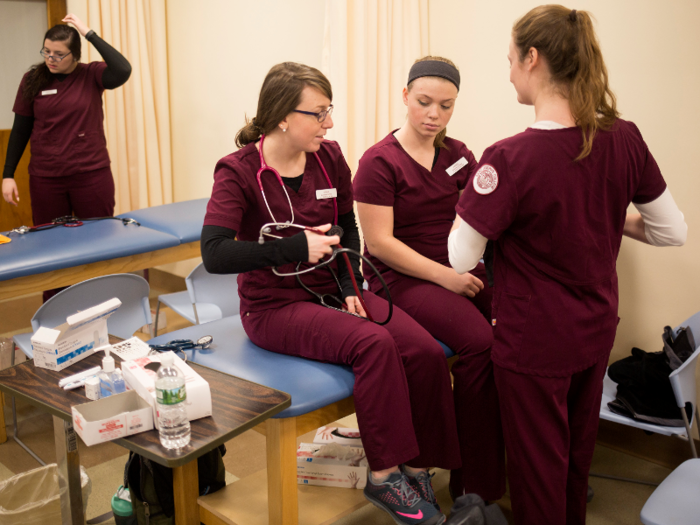
Nurses told Business Insider reporter Lyndsey Reid the most common way to become a nurse is to obtain a Bachelor of Science in Nursing (BSN) degree. Programs like the BSN help prepare prospective nurses pass the NCLEX-RN exam, a six-hour long standardized test administered nationwide.
From there, nurses must obtain a state license to become a registered nurse. Nurses can then get a master's degree to get more specialized roles, or a doctorate if they wish to teach or do research.
Source: Business Insider, Learn How to Become
The National Council of State Boards of Nursing — the organization that administers national testing — was not even around until 1978. Only 172 college-based nursing programs existed in 1960, compared to the 674 bachelor's programs today.
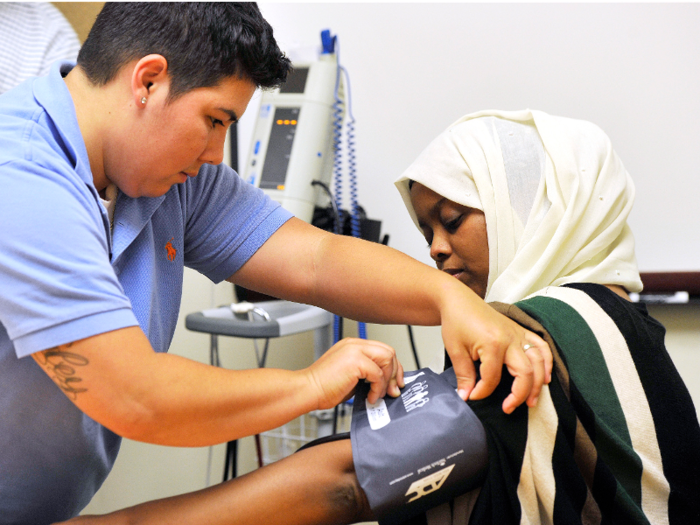
Nurse uniforms have undergone drastic changes over the last 50 years. White dresses with caps and stockings used to be standard in the industry.
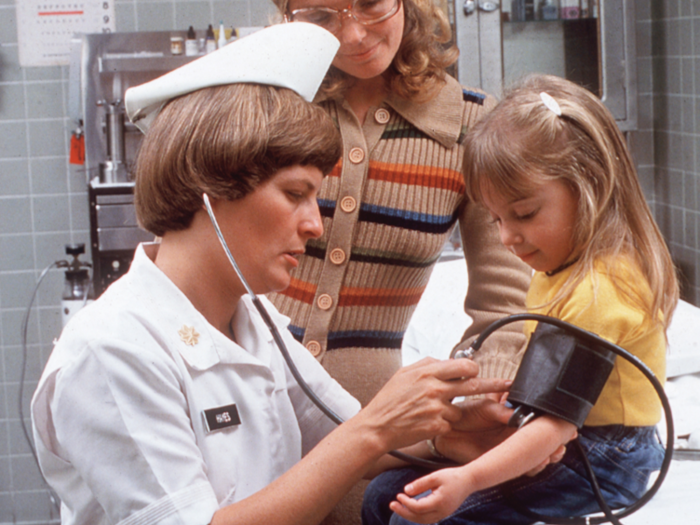
Starting in the 1980s, nurses began wearing scrubs. Scrubs are easy to move in, inexpensive, and can be easily washed and re-used.
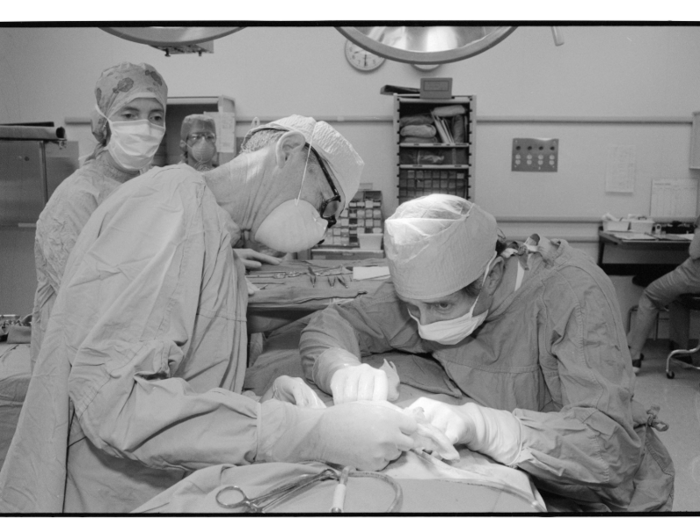
Nurses also had to care for patients for much longer periods of time than today. 30 years ago, a cataract surgery patient would stay in the hospital for seven days...
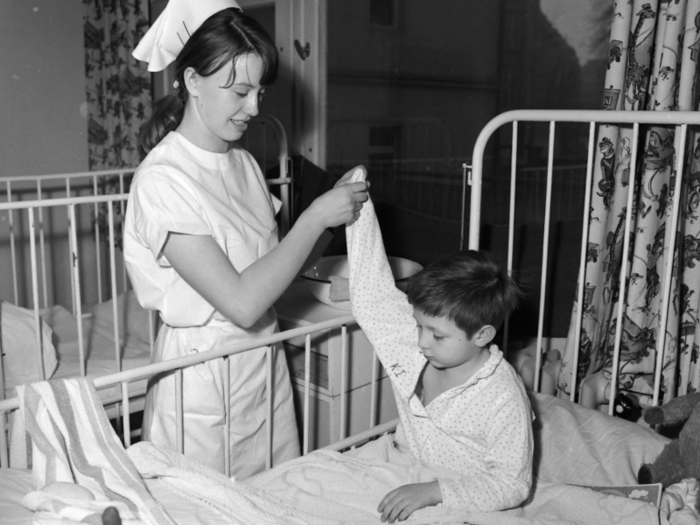
Today, that same patient leaves the day of the surgery. Shorter stays mean nurses must be more efficient about educating and caring for patients.
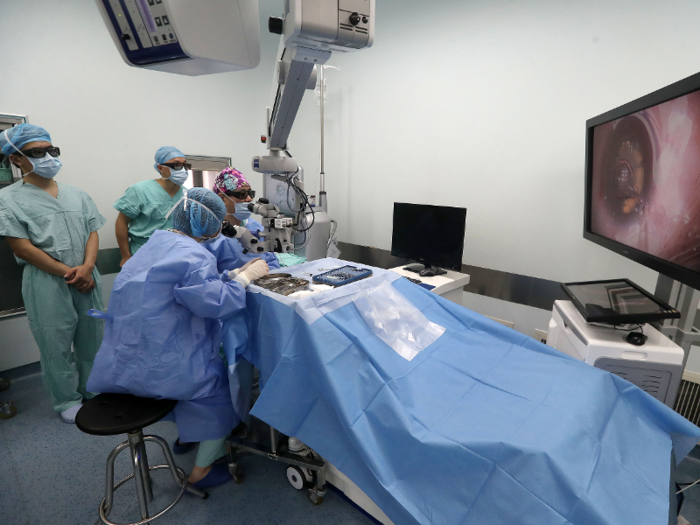
Record keeping also became more efficient than it was 50 years ago. After the US government allocated $19.2 billion to increase the use of electronic health records in 2009, digital notes have become commonplace.
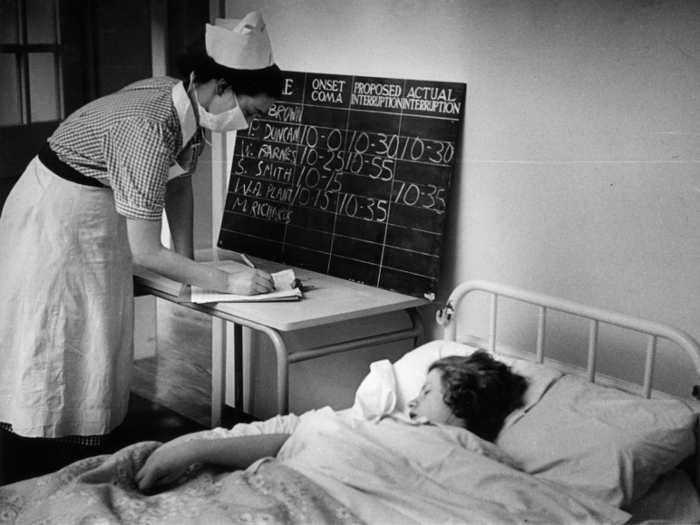
Diversity within the field has also increased. Until the 1960s, many hospitals were divided by color. In 1971, the National Black Nurses Association was founded to improve working conditions for black nurses.

More men are entering the profession. As of 2017, about 19% of registered nurses were minorities and 9.1% were men...

...but a gender pay gap still exists among male and female nurses, according to a 2015 study in the Journal of the American Medical Association.
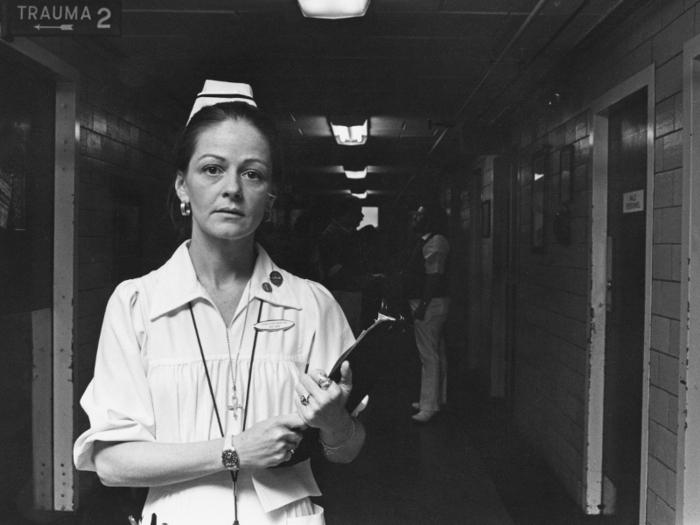
"The roles of (registered nurses) are expanding with implementation of the Affordable Care Act and emphasis on team-based care delivery," authors of the study stated. "These results may motivate nurse employers, including physicians, to examine their pay structures and act to eliminate inequities."
Source: Fast Company, The Journal of the American Medical Association
Popular Right Now
Popular Keywords
Advertisement